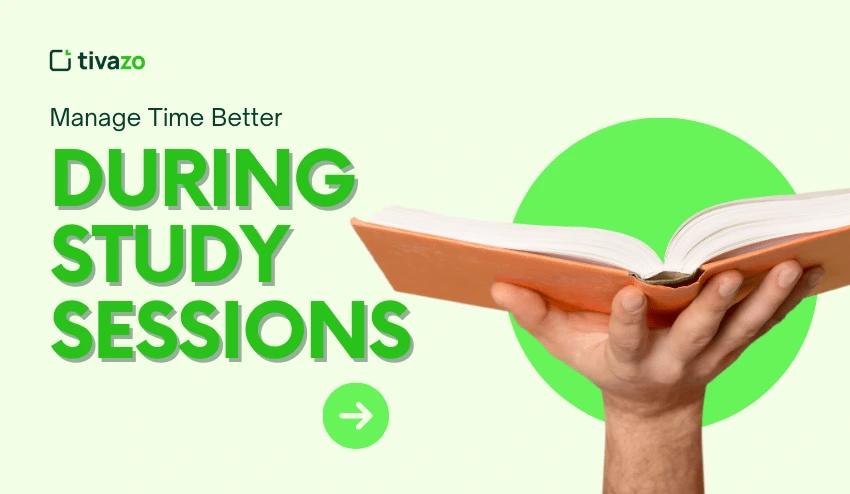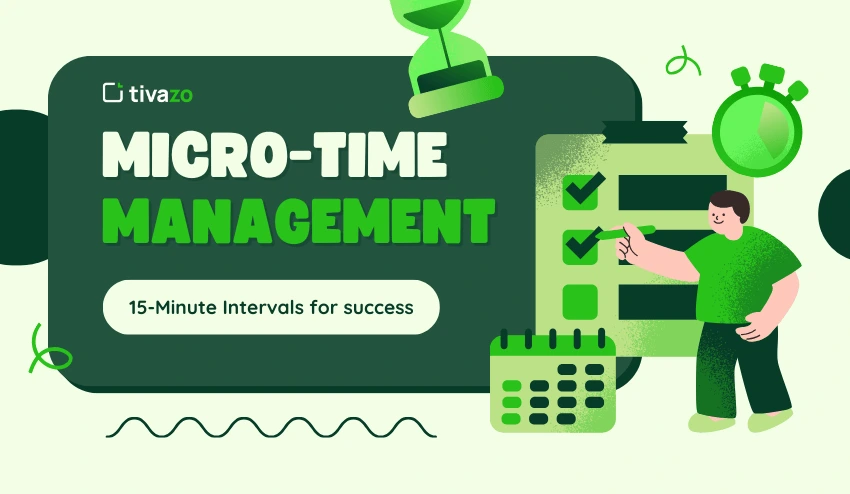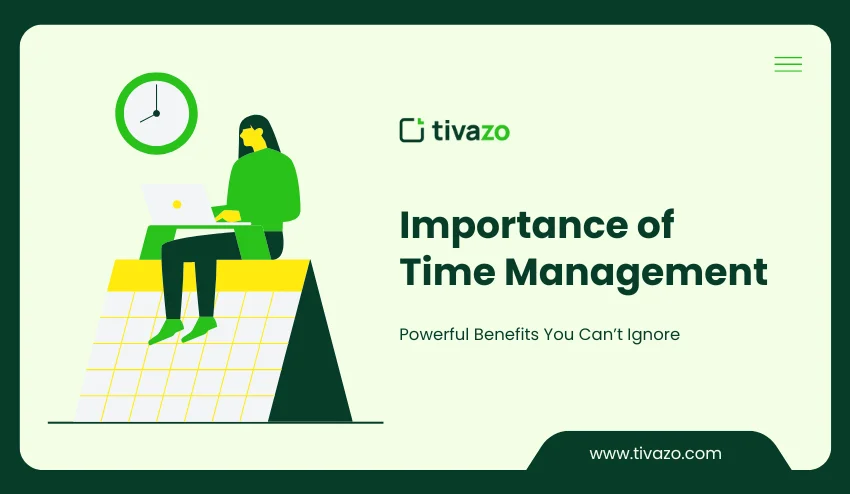Many college students struggle with schedules that feel like runaway trains; they might be late, tired, or completely overwhelmed. More and more educators are promoting a simple goal called micro-time management, which establishes some semblance of order to a day sliced into 15-minute intervals. Micro-time management has learners focus on one task during each tiny window, before transitioning to another thing or rest before the next timer goes off on their planner. Micro-time can meld into study halls, extracurriculars, or even lunch minutes – making some breathing room where there was none. Early adaptors have reported to be more effective and less forgetful and have been reporting that they have been able to enjoy more evenings with meaning.
good starting point can be found at SpeedyPaper scholarship writing services, where planning templates and writing tips demonstrate how short chunks of time generate forward movement with projects and tasks. When students learn to use any passive time in short chunks, they will develop productive time management strategies that improve mental health and improve grades without more stress and worry! This may feel trivial, yet, any habit of deep focus can have a monumental impact! This next chapter will explore: how the 15-minute rule works; what micro-time management strategies align with the rule; and how students can use the practice to in every aspect of campus life.
What Is Micro-Time Management?
Micro-time management is based on the idea that attention spans are at their strongest in short bursts. Instead of reserving two full hours of uninterrupted time, the learner spends the same two-hour period in eight discrete fifteen-minute sections, each with a clear action, such as polishing an outline, working to solve five mathematics questions, or sending an email with a lab question to a professor. Between each fifteen-minute section, the learner might take a quick stretch, sip of water, or take a few deep breaths. They continue this process with each seven to eight blocks until the larger task has been completed.
This structure differs from classic Pomodoro timers, that frequently have a 25-minute conditional onset. The 15-minute version fits neatly into the natural rhythms of campus bells, bus rides to class, and club meetings. The natural flows also make transitions feel seamless. When a learner plans in micro slots, the square and circular walled thinking and worry about what’s happening on the longer and larger time frame is reduced. The brain receives small signals of completion (chemical releases of motivation!) and confidence, and the learner keeps composed and focused on just the current slice of work.
Scientific Reasoning Behind 15-Minute Blocks
There has been substantial evidence amongst neuroscientists demonstrating that the brain fluctuates in periods of increased and decreased attentiveness every several minutes. These bouts in attention, known as ultradian rhythms, are around 90-120 minutes long but are indented with short periods of concentrated energy that peak around 10-20 minutes. When a participant studies further than the 10-20 minute period continuously, their cortisol level increases, they make errors thinking, and they forget the facts. If you decide to prep to cornice a stud y at a quarter hour, you catch the micro-time management peak at its peak and you can reset before mission of chemical reaction occurs.
ReA group of psychologists at the University of Illinois attempted an experiment about the previously mentioned constructs with students learning a vocabulary study. The first group completed the near exact study, taking a one-minute break at 15 minutes intervals, performed almost twenty percent better than the group who studied straight through. In a different experiment, undergraduate students taking a chemistry laboratory course in segmented the study to break between sections in the further indication, created significant effect on fewer safety errors.
This aligns with what psychologist call the goal gradient effect, perception of progress increases as a deadline nears. A break every 15 or 20 minutes creates mini deadlines. Constant logic of accomplishing tasks creates progression and restores cognitive endurance.
Building Core Time Management Skills

Effective planners of even the smallest time frames utilize the same essential micro-time management capabilities that sustain any respected routine: awareness, prioritization, and reflection. A planner’s awareness becomes stronger when they can notice what small leaks happen to their minutes. Keeping a simple phone timer or counts on a piece of paper that represents ten common distractions over the course of a school day gets at the heart of what a planner’s awareness is all about. Next comes the process of prioritizing.
Tasks receive a sort of label of “urgent”, “important”, or “nice to finish.” Typically in a 15 minute system, once the planner identifies a goal to , only one of these labels can go in their time slot, pushing them away from thinking about the need to “multitask.”
Reflection seals the loop every night. Students write a small two sentence note about what happened, or, general notes about what worked andlor what stalled. Over the course of a week you start to notice patterns: tomorrow mornings are often better for memorizing dates than in the late afternoon when you return to school for those last two classes. Plan for them the next day. This process emphasizes the iterative and ongoing nature of the study you learn to manage your time in an effective way in real time without waiting for a new semester. By building these three skills, even the most sprawling school work like research papers are organized and manageable instead of daunting and sprawling.
Crafting a Flexible Time Schedule
The first step is a blank grid for the week with 15-minute columns. We begin to fill the grid with core commitments, periods for classes, lab sections, and commuting times, which all fall outside of our control. On top of those core commitments, we fill the grid with our high-energy study periods. If a student is a morning person, he/she blocks the most difficult work ahead of his/her lunch period. If a student is a night owl he/she schedules the reading/thoughts about a theory, studying, whenever that works for him/her after the dinner hour. The blank spots of time on the grid are purposely kept open for accommodations of pop quizzes or an unexpected social club photo shoots.
All that is easy to see in checking for colors. For example, decide that green means reading, blue means problem sets, yellow social time, etc. So, a quick scan of the week shows if a day is too heavy on reading or light on something. I encourage students to also pencil in tiny triangles at the end of each hour. The triangles are space designed to catch the overflow of a task if things do not go according to our expected flexible agenda. Even those overwhelming duties that spill at the last minute cannot ovewhelm the color systems established pre-planning implementation.
This weekly practice is the main trade off time and continues to teach students how to schedule their week and keep priorities visible. This takes ten minutes, so once a weekly it is a lenght of time that saves hours of last minute scrambling meeting heavy-duty friniti or hold up celebs. Important for flexible schedule
Practical Micro-Time Management Methods for Lectures and Labs

In a lecture hall setting, a short lens of 15-minutes makes note taking explicit. The first block begins when the professor introduces a new concept. All students write down keywords only. The second block, typically mid-way through the class, is when the keywords are organized into questions. the last block of in-class is converting the large ideas into a quick chart or sketch before the bell rings. This routine of three blocks guarantees the understanding and processing of information rather than merely hearing it.
Labs have different expectations, so we have some other micro-time management strategies we can employ. Prior to the laboratory, we look through a short block to review safety sheets and the equipment list. While the students set-up for the experiment, they are to use timers for each stage of the assembly, which minimizes small talk. Once the lab is running, they will then collect data using a stack of quarters: record, confirm, label, and backup.
If data collection within one quarter is slow, the next 15-minute time slot is used to see what can be checked for error, rather than let it just sit, while no one talks. After the laboratory, a final micro window is used to name files and store lab materials, which may save a frantic search in the future.
By linking multiple micro intervals with natural phases of class, the schedule becomes natural. Students can leave the room with a sense of completion rather than foggy, making it easier to transition to their next commitment without cognitive burden.
How to Manage Time Better During Study Sessions

Quiet study periods can still drift if goals are vague. Before opening a book, a student can write one SMART goal for the first 15-minute burst, such as “outline three paragraphs on climate policy.” When the timer buzzes, the next block switches to refining citations or solving a related quiz. The third burst might be a self-test using flash cards. This rotation hits comprehension, application, and evaluation—the upper levels of Bloom’s taxonomy within only 45 minutes.
Mini rewards add energy. A quick lap around the dorm or a two-minute meme scroll happens only after three focused blocks. If fatigue creeps in, one interval turns into a power nap or breathing exercise instead of forced reading. Because the plan is already chunked, swapping purposes does not shatter momentum. Over days, students observe which subjects pair well: math followed by music practice may refresh focus better than consecutive theory chapters. Tracking these patterns teaches how to manage time better the next evening.
How to Schedule Digital Activities and Breaks
Social media, streaming, and gaming often steal study minutes one tap at a time. A micro schedule can include these pleasures without guilt by boxing them into clear borders. For instance, a student might allocate the first block after lunch to answer messages, the second to watch a five-minute highlight reel, and the third to stretch outside. Because the next quarter hour returns to coursework, the dopamine loop is cut short before it hijacks the afternoon.
Apps that lock distracting sites for chosen periods help reinforce the plan. Most allow preset 15-minute release windows so friends can still chat at predictable times. Phone wallpapers showing the current block’s goal also act as silent coaches. When boredom hits, the schedule provides a menu of productive micro breaks: journaling two sentences, refilling a water bottle, or doing ten push-ups. These short resets boost blood flow and mood, making it easier to dive back in.
By turning leisure into a planned event rather than a sneaky escape, students hold the remote instead of the other way around.
Conclusion: Small Slots, Big Results
Momentum relies heavily on evidence-based practice. Using a sticker chart, a spreadsheet, or even an app that tracks habits, learners can mark a bright dot or sticker for every 15-minute win in the week. At the end of the week, students can determine how many blocks they completed and compare that to how many they planned to verify their own rate of success. Even if a learner completes 70% of their blocks, they likely have recorded hours of uninterrupted, focused learning that was not previously reflected on their timeline. As the blocks of dots or stickers increase, even ghost hours of effort become visible evidence, fueling the reward centers of the brain that maintain a habit.
Celebrations are minor, too. A favorite latte, one episode of a comedy, or a Saturday hike indicates that the system returned value. If a student feels stuck, the learner can review the micro-time management approach and ask if the task was too high versus realistic, or whether they placed the block at the wrong energy level. They can blame adjustments on anything except for themselves, and then rethink the next version of their draft.Conclusion: Investing a Little Time Yields Big Results




